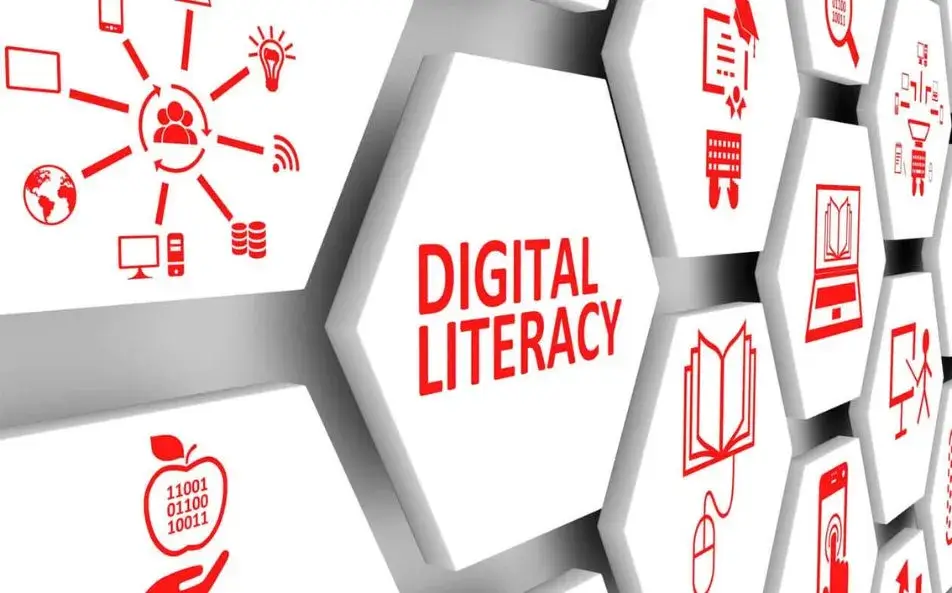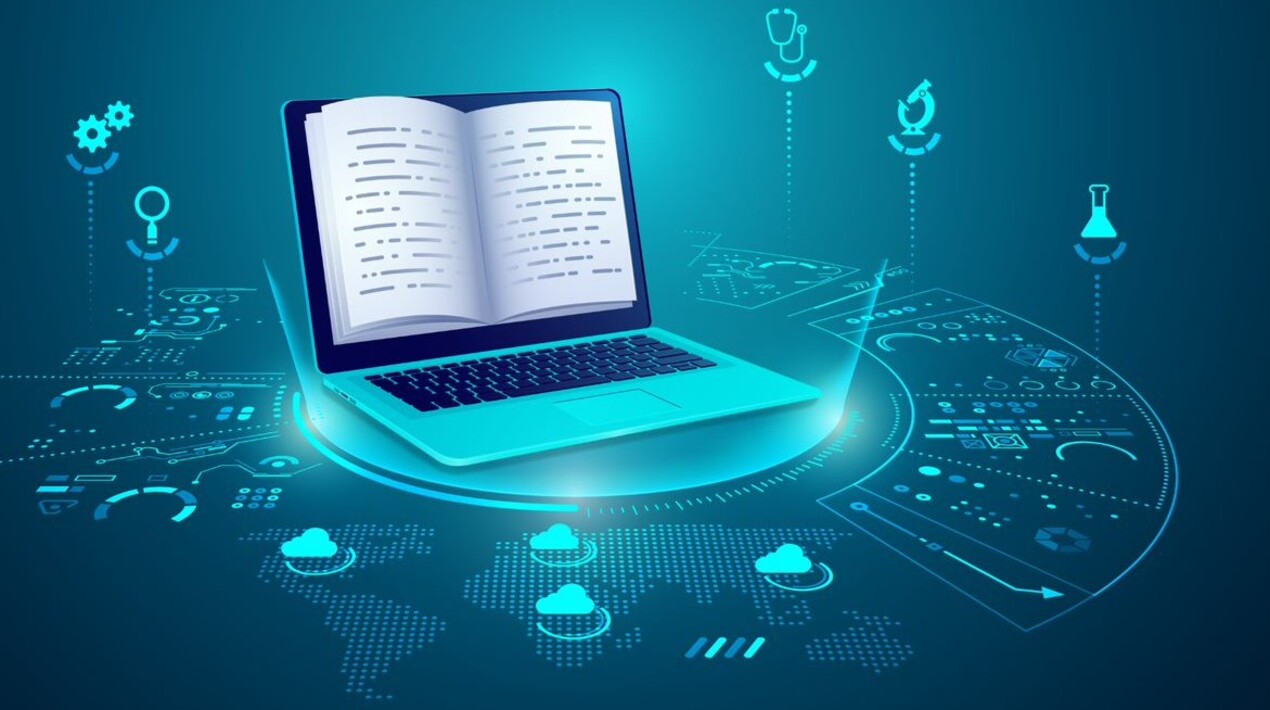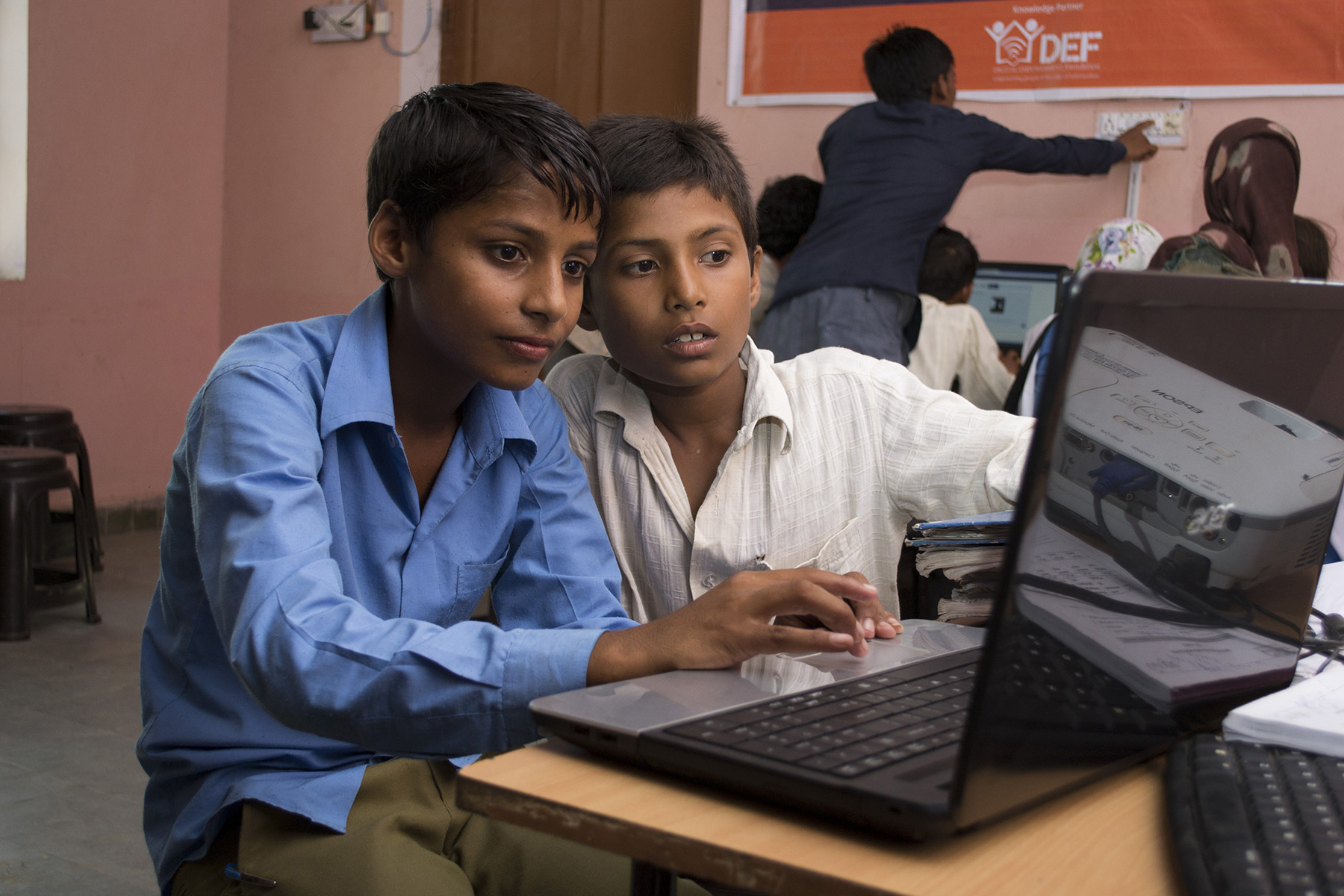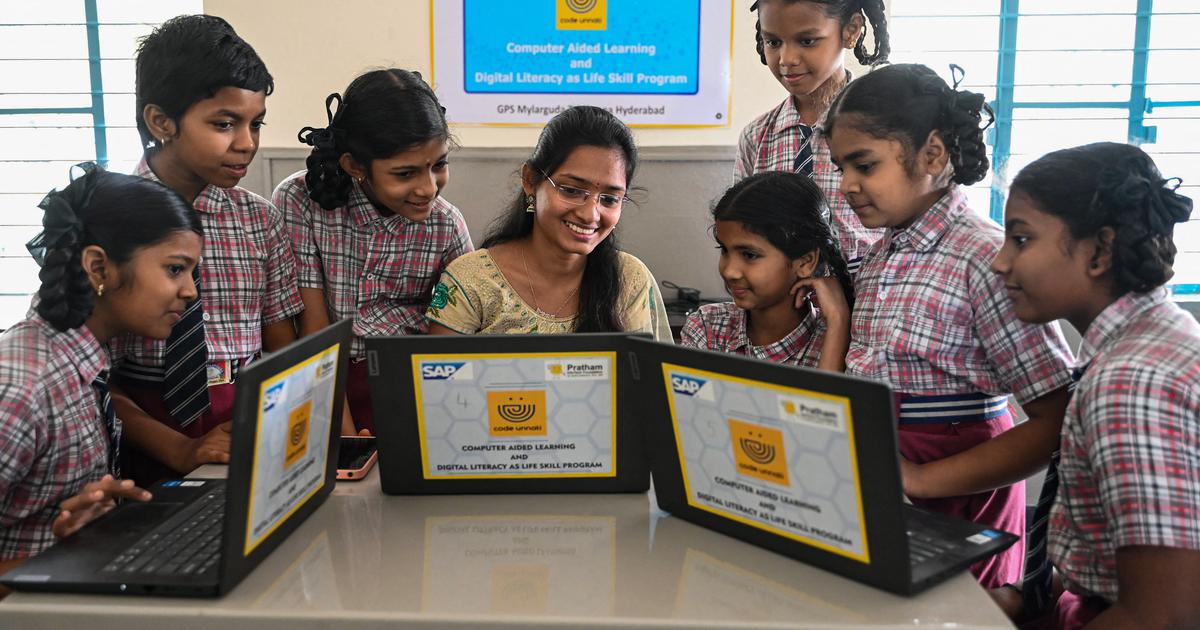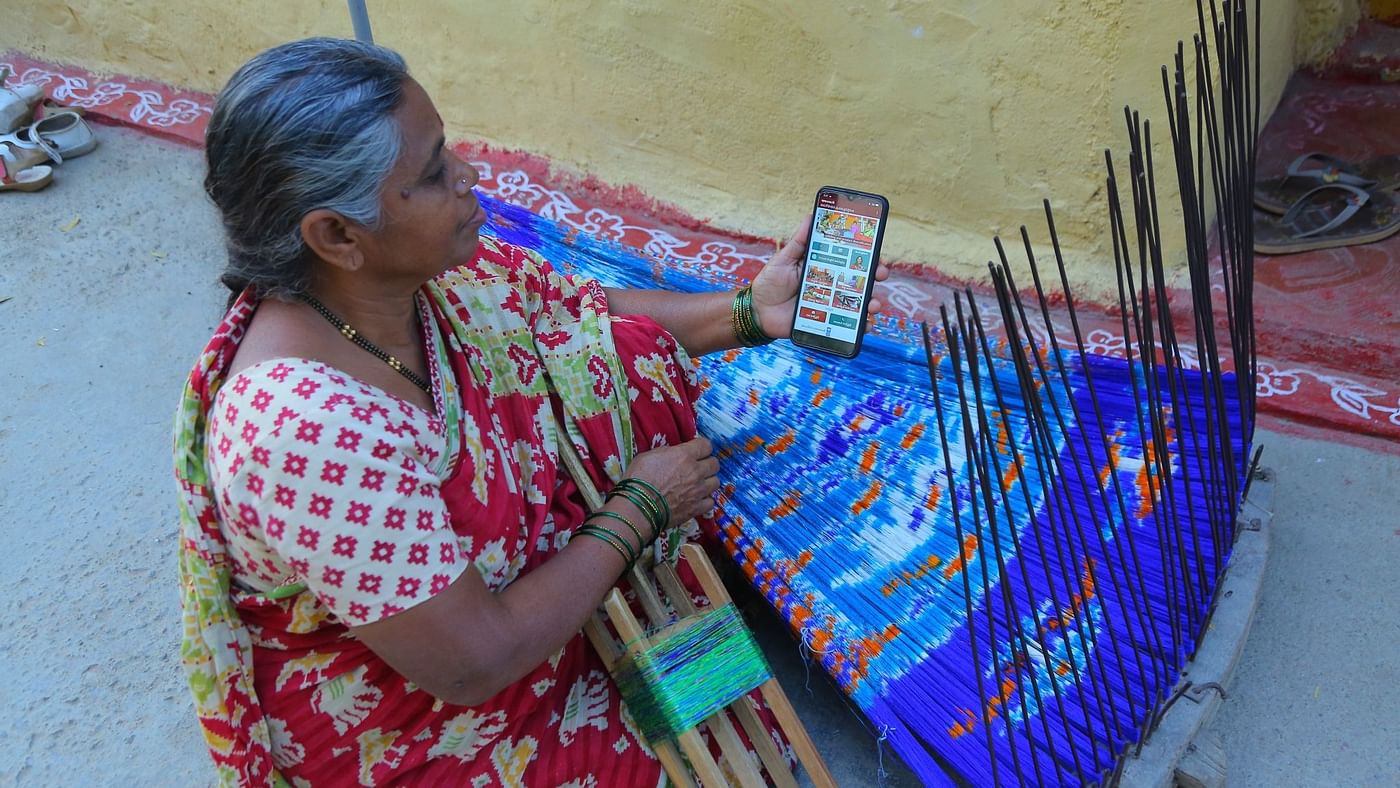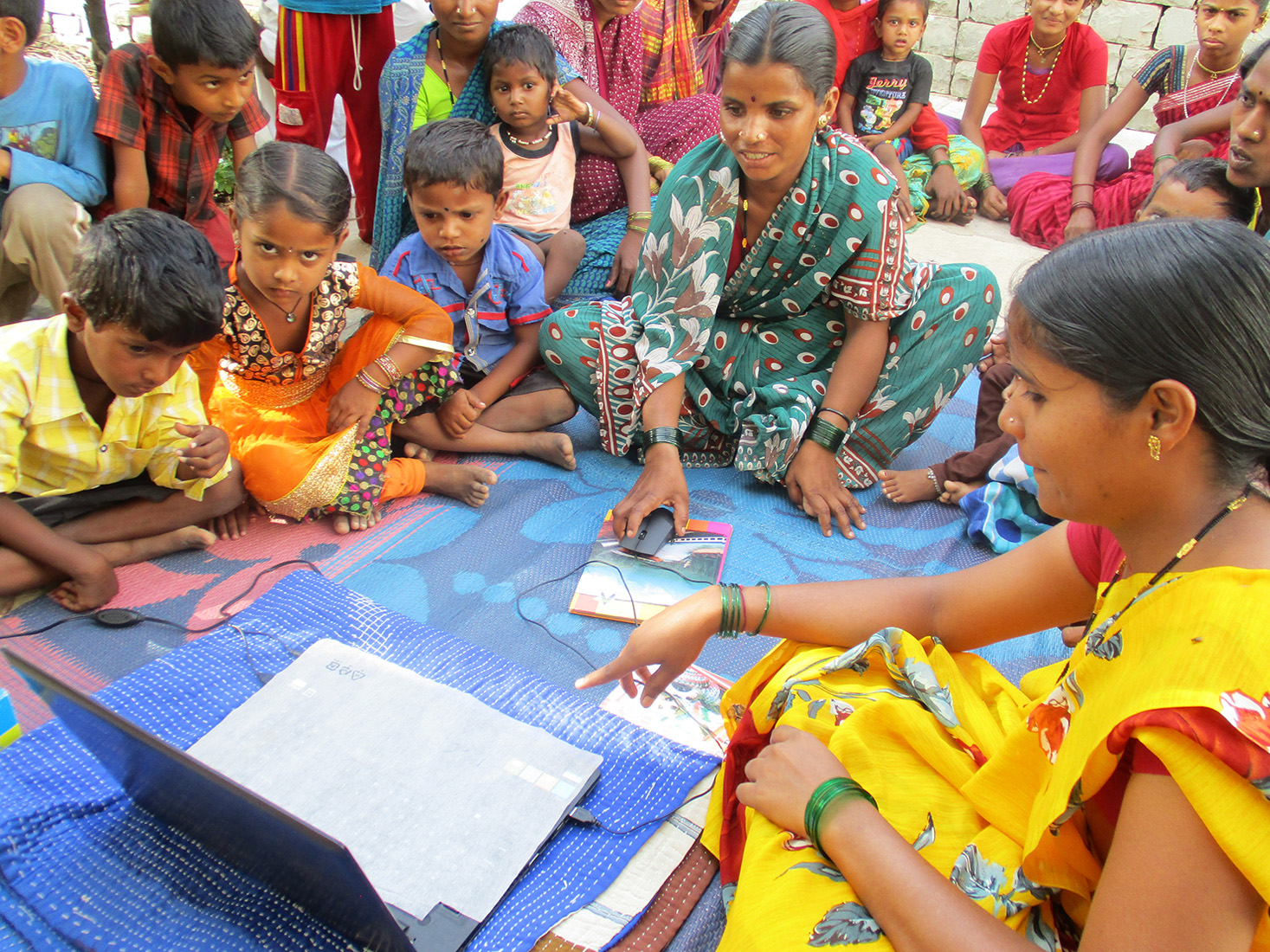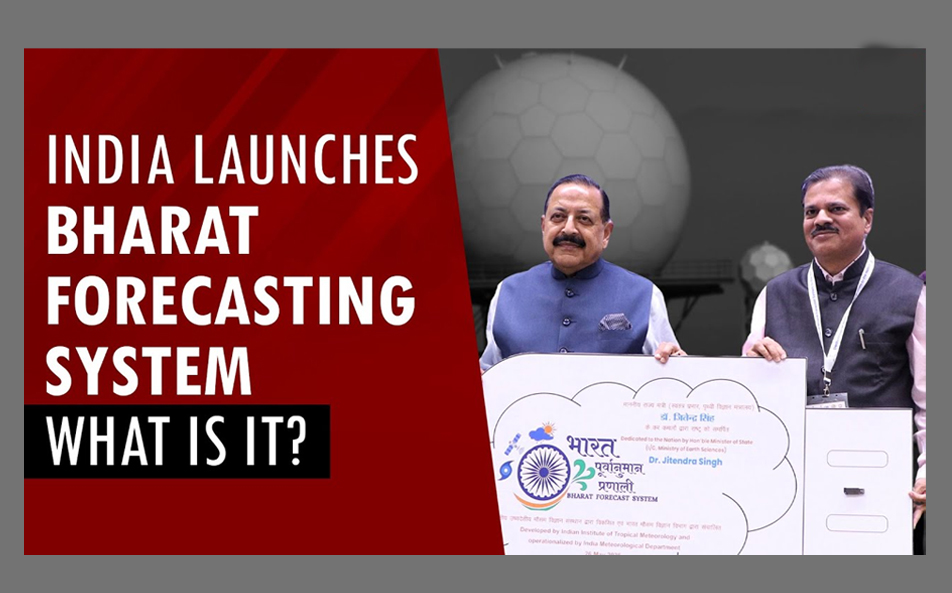
The United Indian

Digital literacy is now essential in today's environment, as it is changing quickly. It gives people the ability to acquire knowledge, negotiate the complexity of the online environment, and engage productively in the digital economy. With its aspirational goal of becoming a digital superpower, India must overcome the significant obstacle of closing the digital gap and raising the level of digital literacy across its diverse population.
Understanding Digital Literacy in India
Digital literacy in India extends beyond simple computer and internet use. In order for people and society to prosper in the digital age, digital literacy is more than just a talent. In addition to technical expertise, it calls for ethical considerations when utilising digital technologies as well as critical thinking and problem-solving abilities. Different types Of Digital Literacy Programs include training on a wide range of abilities, such as:
- Basic computer operation: Understanding hardware and software, file management, and basic applications.
- Information literacy: Evaluating online information for accuracy and credibility.
- Cybersecurity: Protecting oneself from online threats like phishing scams and malware.
- Communication and Collaboration: Using online tools for communication, collaboration, and participation in online communities.
- Problem-solving: Applying critical thinking skills to solve problems using digital tools.
What are the Types Of Digital Literacy Programs
A variety of abilities required for successfully navigating the digital world are included in digital literacy. In today's world, digital literacy is essential in many forms. First of all, functional literacy include fundamental skills like using websites and software. Information literacy concerns itself with the proper assessment, interpretation, and utilisation of digital information.
Understanding and evaluating media material—such as pictures, videos, and news articles—critically in order to identify biases and errors is the core of media literacy. Cybersecurity is another type of digital literacy category also entails understanding internet dangers and the best ways to safeguard gadgets and personal data. Digital etiquette, comprehending online communities, and responsible and ethical behaviour in online interactions are all part of social literacy. The last aspect of creative literacy is the capacity to use a variety of tools and platforms to generate digital content, including websites, graphics, and videos.
Why Digital Literacy Matters in India
India has a large population and a diversified population, making it difficult for the country to achieve widespread digital literacy. While access to digital resources is generally better in metropolitan areas, marginalised and rural groups frequently lack basic digital infrastructure and education.
India's population has to be technologically literate in order to flourish and develop. Here is the reason why:
- Socioeconomic benefits: Digital literacy in India empowers individuals to access government services, online education, and employment opportunities.
- Bridging the gender gap: Equipping women with digital skills can increase their participation in the workforce and decision-making processes.
- Boosting the digital economy: A digitally literate population fosters innovation, entrepreneurship, and participation in the growing digital marketplace.
- Empowering citizens: Digital literacy skills enable individuals to access information, engage in civic discourse, and hold authorities accountable.
Government Initiatives for Digital Literacy
Recognizing the importance of digital literacy in India, the Indian government has launched several initiatives. Some of the initiatives are :
1. Digital India Program: Launched in 2015, the Digital India campaign aims to transform India into a digitally empowered society and knowledge economy. It focuses on various pillars, including infrastructure development, digital empowerment of citizens, and delivery of government services digitally.
2. Pradhan Mantri Gramin Digital Saksharta Abhiyan (PMGDISHA): This scheme focuses on training rural citizens in basic computer operation and internet usage. PMGDISHA seeks to make 6 crore rural households digitally literate by providing them with access to digital resources and training. It offers free digital literacy program courses covering essential skills such as using smartphones, browsing the internet, and accessing government services online.
3. National Digital Literacy Mission (NDLM) : The NDLM aims to impart digital literacy training to at least one person per household in select states and union territories. It focuses on marginalized communities, including women, minorities, and differently-abled individuals, to ensure inclusive participation in the digital revolution.
4. Digital Saksharta Abhiyan (DISHA) : Under the DISHA initiative, the government partners with various stakeholders, including NGOs, academic institutions, and private organizations, to promote skill development & digital literacy in India. It offers training programs, awareness campaigns, and capacity-building activities to empower citizens across different age groups.
5. National Institute of Electronics and Information Technology (NIELIT): NIELIT offers various digital literacy courses and certifications for all age groups.
6. National Digital Library of India (NDLI) : The NDLI is a digital repository of learning resources that provides access to a vast collection of e-books, e-journals, and other educational materials. It promotes self-learning and lifelong learning opportunities, contributing to the enhancement of digital literacy among students and educators.
7. Cyber Swachhta Kendra (Botnet Cleaning and Malware Analysis Centre) : The Cyber Swachhta Kendra is a government initiative to provide cybersecurity awareness and support to citizens. It offers tools and resources for detecting and removing malware, thereby promoting safe and secure digital practices among internet users.
8. Scheme for Promotion of Information Technology in Rural India (SPIRIT): This digital literacy program provides financial assistance to NGOs and institutions for setting up rural IT training centers.
Strategies for Enhancing Digital Literacy in India
While government initiatives are commendable, there's a need for a multi-pronged approach to achieve widespread digital literacy in India. Here are some key strategies:
1. Focus on inclusion: Develop programs in local languages and cater to individuals of all ages and abilities, addressing existing educational disparities.
2. Infrastructure Development : Improving digital infrastructure, especially in rural areas, is essential for enhancing digital literacy in India. This includes expanding internet connectivity, establishing digital learning centers, and providing access to affordable devices.
3. Leveraging technology: Utilize online learning platforms, mobile applications, and gamified learning to make digital literacy training accessible and engaging.
4. Empowering educators: Implementing widespread education and awareness programs is crucial for promoting digital literacy. These programs should target various demographics, including students, professionals, and senior citizens, and focus on practical skills and online safety. Also, it is important to train the teachers and educators to integrate digital tools and online resources into their curriculum effectively.
5. Integration into School Curriculum : Integrating digital literacy into the school curriculum ensures that children are equipped with essential digital skills from an early age. This includes teaching coding, internet safety, and critical thinking about online content.
6. Public-private partnerships: Forge collaborations between government, NGOs, and private companies to share resources and expertise will promote the reach of digital literacy program even further.
7. Raising awareness: Run targeted campaigns to increase public awareness about the importance of digital literacy and encourage participation in training programs.
8. Community-based learning: Organize workshops and training sessions in local communities, leveraging community centers and libraries for wider reach.
Impact of Enhanced Digital Literacy
Enhanced digital literacy in India will not only empower individuals but also drives socio-economic development. It enables greater participation in the digital economy, improves access to education and healthcare, and fosters innovation and entrepreneurship.
The Road Ahead
Enhancing digital literacy in India is a continuous process. By adopting a holistic approach that addresses infrastructure gaps, promotes inclusion, leverages technology, and fosters public-private partnerships, India can empower its citizens to thrive in the digital age.
Conclusion
Digital literacy in India is indispensable in today's interconnected world, and India is taking significant strides towards enhancing it through various government initiatives. By promoting digital literacy, India can empower its citizens, bridge the digital divide, and harness the full potential of the digital revolution for inclusive growth and development.
Read more in Government Sector
May 28, 2025
TUI Staff
May 22, 2025
TUI Staff

Stay Tuned with The United Indian!
Our news blog is dedicated to sharing valuable and pertinent content for Indian citizens. Our blog news covering a wide range of categories including technology, environment, government & economy ensures that you stay informed about the topics that matter most. Follow The United Indian to never miss out on the latest trending news in India.
©The United Indian 2024

